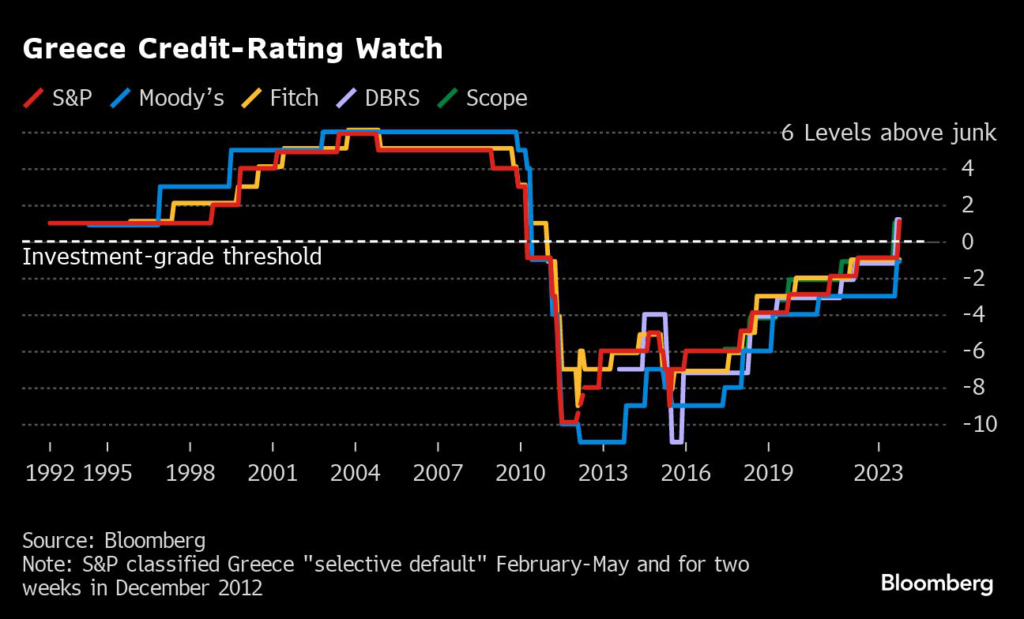It was a frightening scene Monday night in Cincinnati as players and coaches gathered around medical staff trying to revive Buffalo Bills defensive back Damar Hamlin, who had collapsed on the football field after his heart stopped.
(Bloomberg) — It was a frightening scene Monday night in Cincinnati as players and coaches gathered around medical staff trying to revive Buffalo Bills defensive back Damar Hamlin, who had collapsed on the football field after his heart stopped.
For some experts, the episode called to mind a rare, often lethal condition called commotio cordis that can occur when a person is struck sharply in the chest, as Hamlin was. Such a blow, when it occurs at a specific point in the heart’s pumping cycle, can send the organ into an abormal rhythm that disrupts the flow of blood to vital organs.
Hamlin was taken by ambulance to the University of Cincinnati Medical Center for further testing and treatment. He “suffered a cardiac arrest following a hit in the Buffalo Bills’ game versus the Cincinnati Bengals,” according to a statement from the Bills early Tuesday. “His heartbeat was restored on the field and he was transferred to the University of Cincinnati Medical Center for further testing and treatment. He is currently sedated and listed in critical condition.”
No updates on his condition were available on the hospital website. There’s a long list of possible causes for the player’s condition that doctors will investigate, according to Larry Phillips, a cardiologist at NYU Langone Health in New York. One potential cause is commotio cordis, a heart injury most often seen in athletes between the ages of 8 and 18 playing sports with projectiles such as baseballs, hockey pucks or lacrosse balls.
The heart has its own sophisticated electrical signaling system that coordinates contraction of the the organ’s chambers. A strong collision at a specific time during that signaling cycle can alter the system, according to the Mayo Clinic website.
Rapid Response
Symptoms can include unsteadiness for a couple of seconds, then unconsciousness with no breathing or pulse, according to the Mayo website. Hamlin was seen to rise to his feet after tackling Cincinnati Bengal Tee Higgins, after which he fell back to the ground.
Treatment of commotio cordis starts with immediate CPR and normalization of the heart rhythm with a defibrillator. Having immediate access to an automated external defibrillator and trained medical professionals can dramatically increase the chances for survival, according to the Mayo Clinic website. Without such treatment, the prognosis is often death. Hamlin may have benefited from what appeared to be a rapid medical response, Phillips said.
“It hit several of the key points that we always hope will take place,” he said. “The first is that a medical emergency was recognized immediately, that once the initial assessment took place and it was deemed that there was a cardiac arrest taking place, CPR was started, and then rapid acceleration to further medical therapy.”
To firmly establish the cause of cardiac arrest, doctors use cardiac imaging to look at the structure of the heart, along with electrocardiograms that can show electrical activity, Langone’s Phillips said.
“And that’s just a start,” he said. “When somebody has a cardiac arrest, you want to make sure that there’s a full evaluation that takes place.”
Phillips urged “waiting for the folks who have all the medical information to be able to come up with the diagnosis, determine what’s preexisting, what’s structural, and what’s arrhythmia.”
More stories like this are available on bloomberg.com
©2023 Bloomberg L.P.









